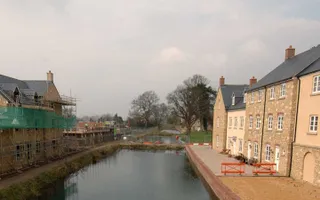From 1 June 2018, developers have been able to make an application for 'permission in principle' for small-scale residential development. This consists of the development of less than 10 houses; buildings with less than 1,000 square metres of floor space; and sites of under 1 hectare in area.
Once a valid application has been received by the Local Authority (LPA) for a permission in principle, the LPA should make a determination, or refer the application to the Secretary of State, within 5 weeks.
Any decision should specify the minimum and maximum net number of dwellings which are, in principle, permitted on a site. Resdiential-led schemes are allowed to include an element of ancilliary non-residential development. In such cases, the permission is required to specify the scale and use of any such development.
Local Authorities are required to maintain details of these permissions on a planning register, which can be kept electronically or on paper (or a combination of both).
There's a statutory duty for local planning authorities (LPA) to consult us on applications for Permission in Principle upon sites when we'd have been a statutory consultee on a planning application for the development proposed. The Trust would have 14 consecutive days to provide a substantive response from the date of consultation.
You can find the legislative process for Permission in Principle on Application detailed within the The Town and Country Planning (Permission in Principle) (Amendment) Order 2017.




